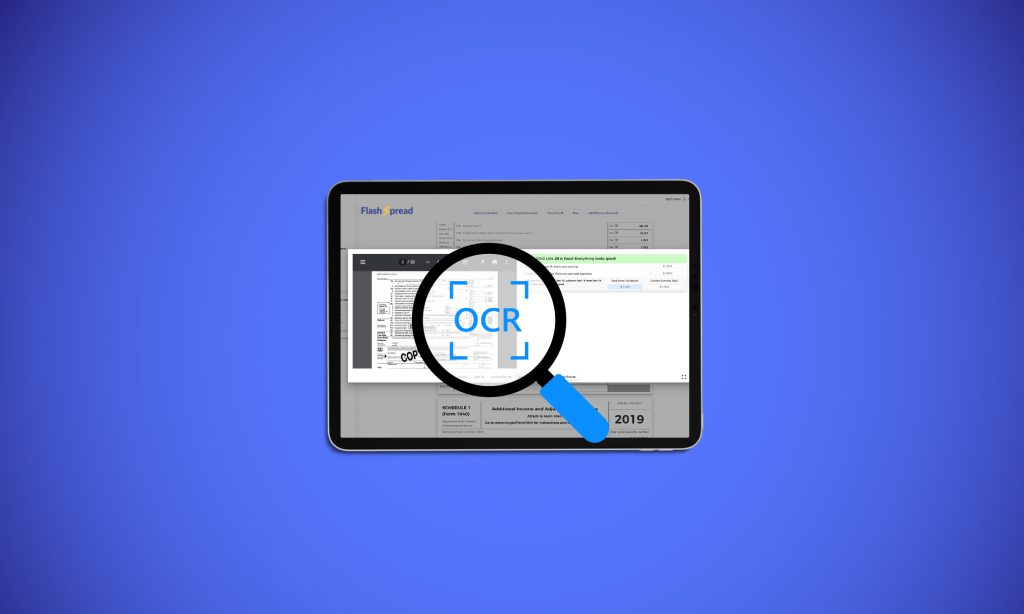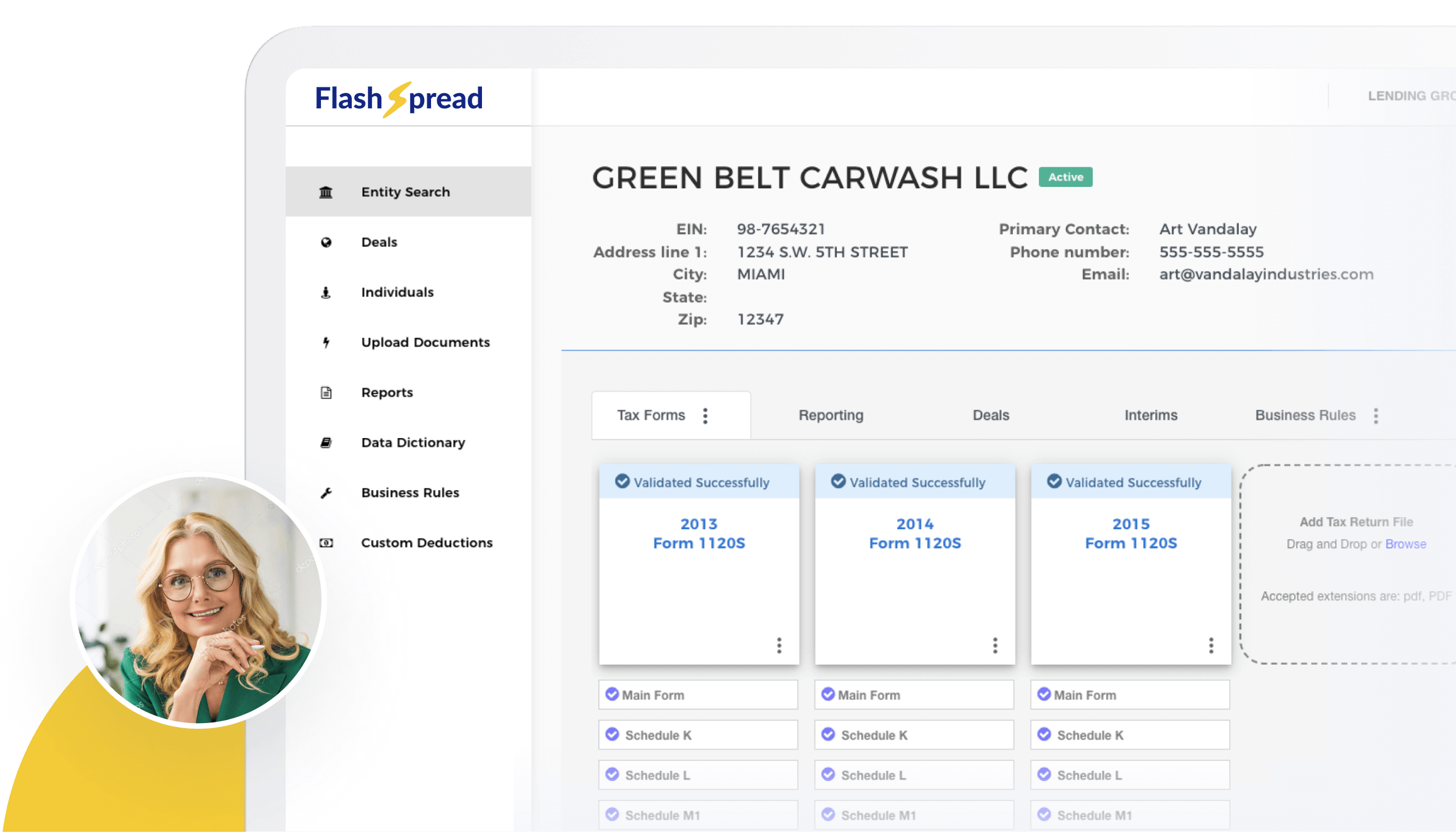In commercial lending, growth often feels tied to headcount. More applications mean more underwriters, more analysts, and more manual work. But in today’s market, where efficiency and agility define competitiveness, lenders can no longer afford to scale by simply hiring more people. Operational efficiency is now the key differentiator. It’s what allows lenders to process more deals, deliver faster decisions, and strengthen portfolio performance without increasing team size or burning out staff.
Increasing deal volume without additional staff is particularly challenging in environments with rising interest rates, tighter capital, and higher borrower expectations. Lenders are expected to maintain accuracy, speed, and compliance simultaneously, which can strain existing teams and slow growth if workflows are inefficient. So, how can lenders achieve that balance between volume and capacity? It starts with rethinking workflows, technology, and how people spend their time.
Key Insights at a Glance
- Identify efficiency bottlenecks hidden in manual processes and data entry.
- Reduce risk and errors by standardizing credit and compliance workflows.
- Leverage automation to allow teams to focus on high-value tasks.
- Centralize data for better collaboration across credit, compliance, and underwriting.
- Streamline financial spreading to accelerate decision-making.
- Build scalable processes that adapt as loan volumes grow.
- Maintain strong borrower experience while increasing throughput.
Table of Contents
Where Efficiency Breaks Down
Even the most experienced lenders struggle with hidden inefficiencies. From manual data entry to inconsistent credit analysis, small bottlenecks compound into slower turnaround times and higher costs.
Some of the most common issues include:
- Data silos: Information stored in disconnected systems or spreadsheets makes collaboration difficult.
- Manual workflows: Spreading, compliance checks, and reporting often require time-consuming re-entry of the same data.
- Inconsistent processes: Each analyst or branch might have a slightly different way of completing tasks, leading to errors and delays.
- Limited visibility: Without centralized reporting, decision-makers can’t easily track progress or spot risk trends early.
Hidden inefficiencies also create stress on staff, increasing the risk of burnout and errors. Over time, this can lead to slower approvals, frustrated borrowers, and lost opportunities in competitive markets. Addressing these bottlenecks is critical not just for efficiency but for portfolio performance and client satisfaction.
These inefficiencies not only slow approvals but also limit the lender’s ability to scale. When manual tasks consume analyst bandwidth, lenders can handle fewer deals, respond slower to borrowers, and miss opportunities in a competitive market.
Automating for Real Impact

Automation offers a practical way to achieve efficiency without increasing team size. Instead of replacing staff, automation removes repetitive manual tasks so teams can focus on decision-making and relationship management.
Key opportunities for automation in commercial lending include:
- Data extraction: Automatically pull financial data from borrower documents using OCR technology.
- Credit analysis: Generate spreads in seconds, ensuring consistency and accuracy across all files.
- Compliance workflows: Standardize audit trails and automatically flag missing or incomplete data.
- Reporting: Create real-time dashboards for performance tracking and portfolio health monitoring.
Beyond efficiency, automation improves portfolio health. By ensuring consistent, accurate financial analysis, lenders can more quickly identify high-risk borrowers, monitor trends, and make informed decisions, reducing errors that might otherwise accumulate across the portfolio.
Building a Scalable Lending Operation
Scalability in lending doesn’t mean doing the same things faster. It means designing processes that can handle growth without collapsing under pressure.
To build a scalable foundation, lenders should focus on three principles:
Subscribe to BeSmartee 's Digital Mortgage Blog to receive:
- Mortgage Industry Insights
- Security & Compliance Updates
- Q&A's Featuring Mortgage & Technology Experts
- Standardization: Define uniform procedures for spreading, underwriting, and compliance. This reduces rework and helps new staff onboard faster.
- Visibility: Centralize data so managers can track progress across deals, teams, and portfolios in real time.
- Flexibility: Adopt configurable tools that can evolve with new regulations, credit products, and customer expectations.
When systems are standardized and visible, lenders not only reduce internal inefficiencies but also improve borrower experience. Faster, accurate decisions build trust and support long-term client relationships.
Q&A: What Lenders Are Asking About Efficiency
Q: Won’t automation replace my analysts?
A: Not at all. Automation handles repetitive work like data entry and financial spreading. Analysts retain responsibility for judgment-driven decisions, complex deal assessments, and relationship management.
Q: How long does it take to see results from process changes?
A: While every organization is different, many lenders report noticeable improvements in turnaround time and reduced rework within a few months of streamlining workflows or automating manual tasks.
Q: How does efficiency impact compliance and risk?
A: Streamlined processes reduce human error and ensure that audit trails and documentation are complete. Standardized, repeatable workflows improve accuracy and support compliance without slowing the lending process.
Leveraging Tools to Strengthen Efficiency
Operational efficiency in lending relies on accurate data, consistent workflows, and time savings. One common bottleneck for commercial lenders is manual financial spreading: analysts often spend hours rekeying information, reconciling inconsistencies, and performing repetitive calculations. These tasks, while necessary, take time away from evaluating credit quality, managing risk, and engaging with borrowers.

This is where tools like FlashSpread can play a supportive role. Using OCR technology, FlashSpread extracts and organizes data from tax returns and scanned financials in minutes, providing teams with structured, reliable data to work from. For lenders, this helps:
- Reduce time spent on data entry and reconciliation
- Improve accuracy and consistency across spreads
- Enable analysts to focus on credit decisions and portfolio oversight
- Support higher loan volumes without adding headcount
By integrating technology like FlashSpread, lenders can address operational inefficiencies directly, creating space for faster, more confident lending decisions while maintaining high standards of accuracy and consistency.
Roundup
Operational efficiency is more than a cost-cutting exercise; it’s the foundation for scalable, sustainable growth in lending. By streamlining workflows, centralizing data, and automating repetitive tasks, lenders can process more deals, reduce errors, and improve portfolio oversight, all without increasing headcount.
Efficiency allows teams to allocate their time to higher-value activities, such as strategic analysis, borrower engagement, and risk management. Organizations that adopt these practices not only gain operational advantages but also deliver faster, more reliable outcomes for their borrowers.
Growth doesn’t have to mean more headcount. Learn how automation and streamlined processes can help your lending team handle more deals, reduce errors, and scale efficiently




